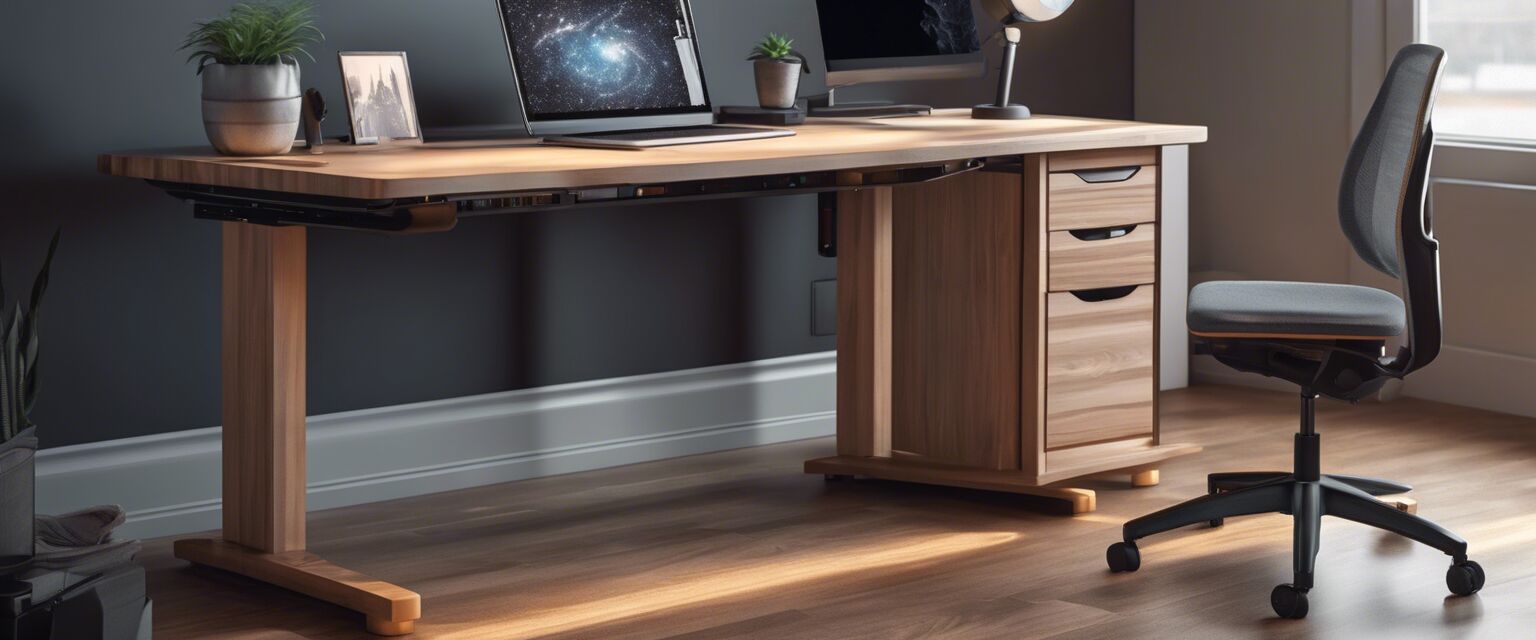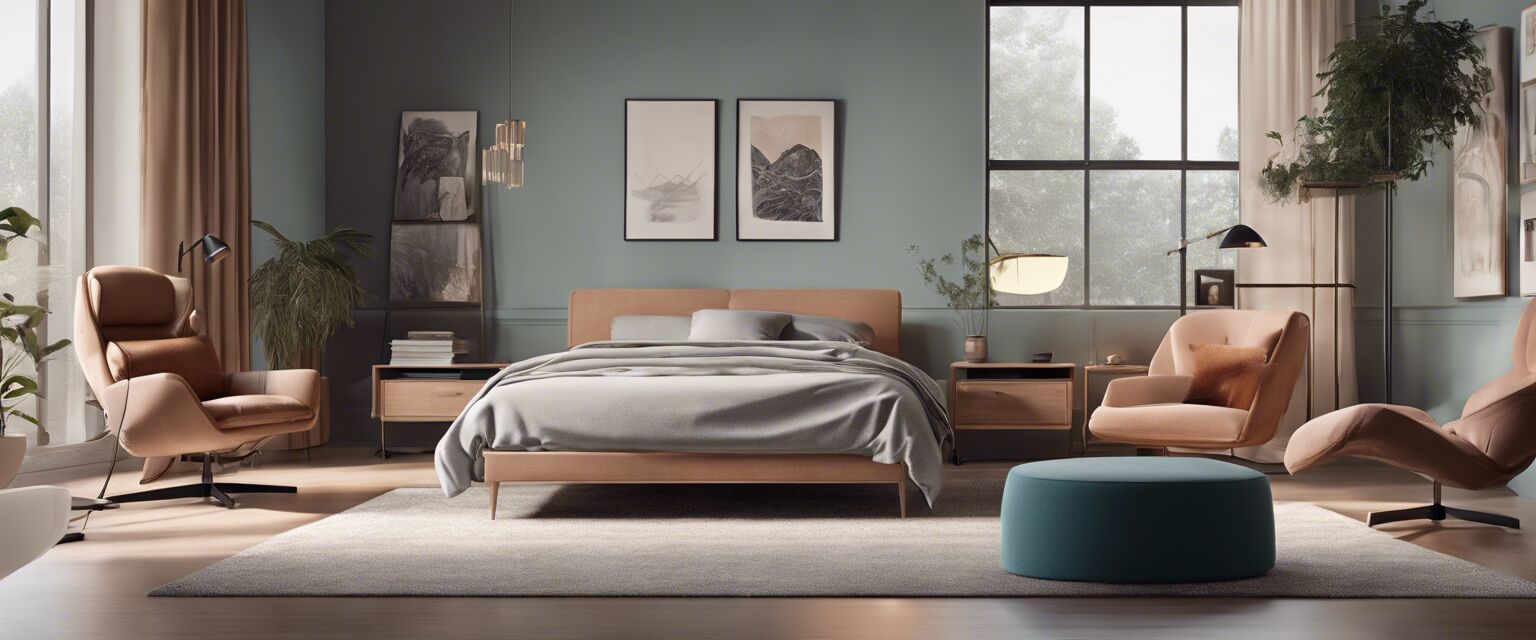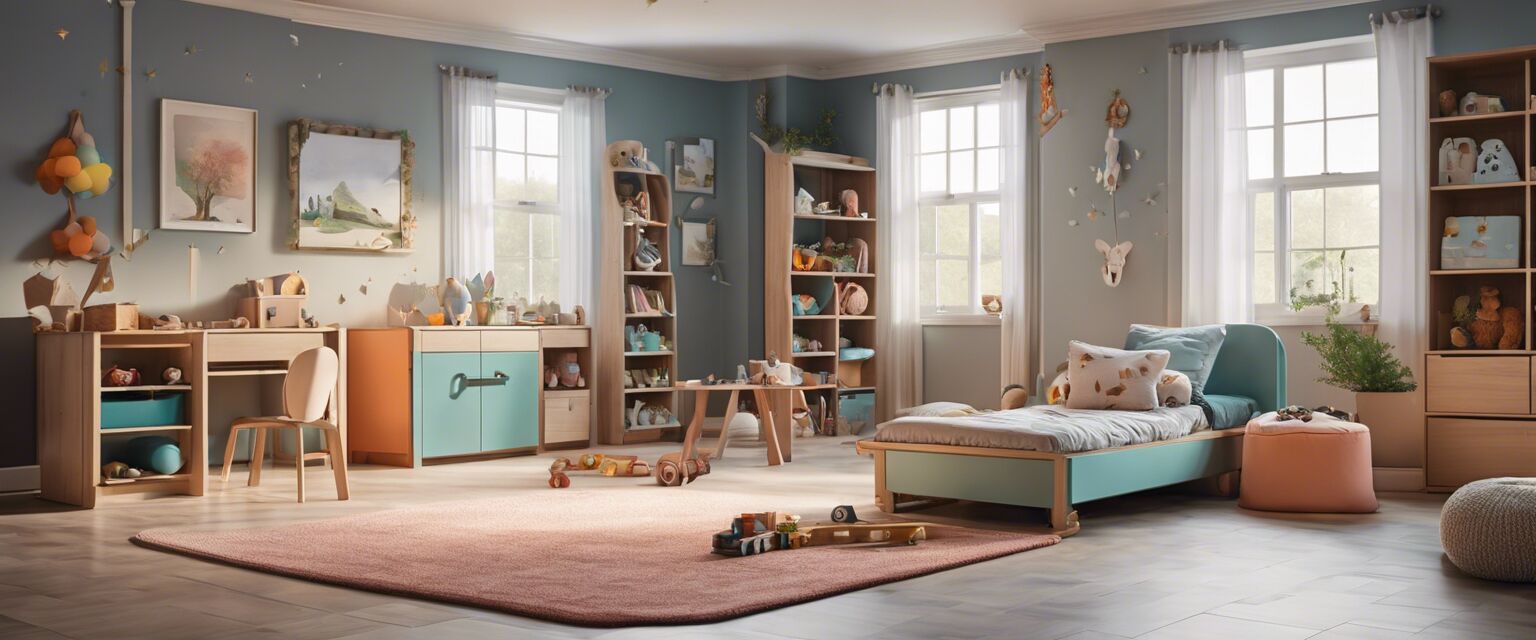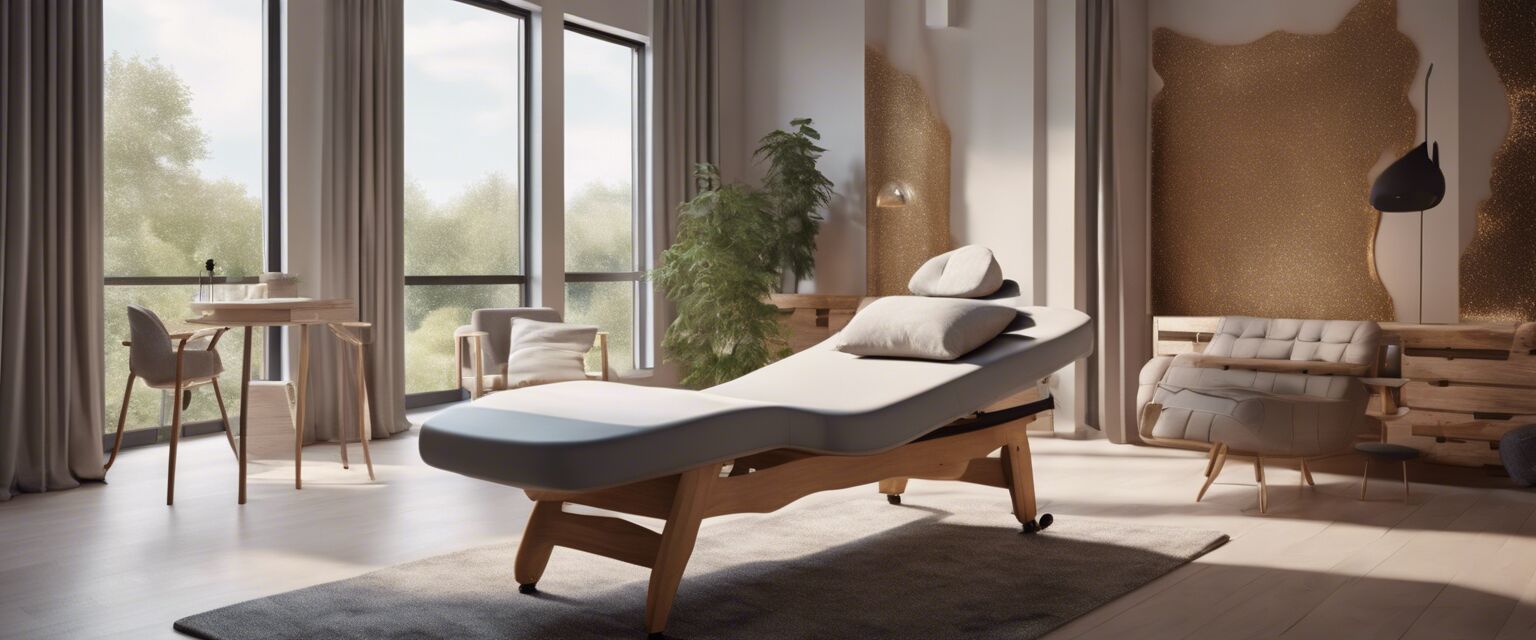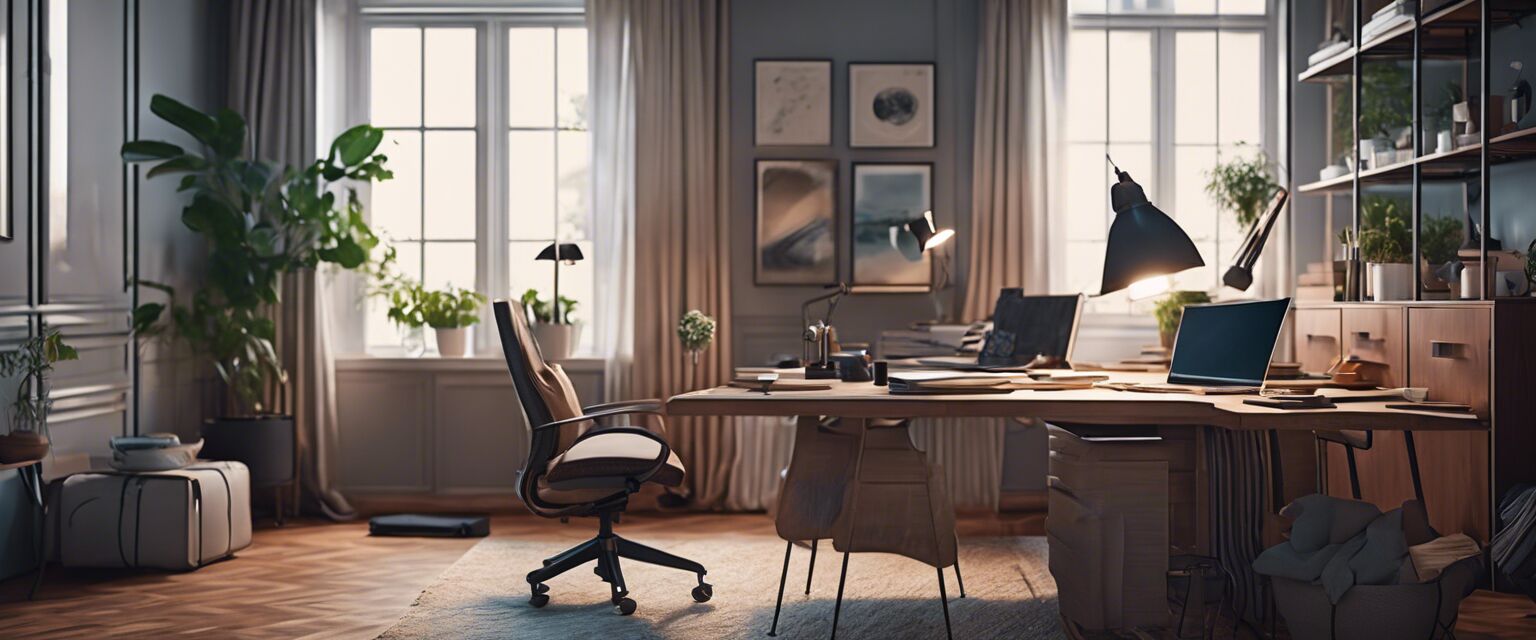
Sensory-Friendly Desks
Finding the right workspace can be a challenge, especially for individuals with autism. Sensory-friendly desks are designed to cater to the unique sensory and organizational needs of people on the autism spectrum. In this article, we will explore various types of sensory-friendly desks, their benefits, and how to choose the right one for your needs.
Key Takeaways
- Sensory-friendly desks promote comfort and focus.
- Ergonomic designs reduce physical strain.
- Customizable features cater to individual sensory needs.
- Materials used are often calming and non-distracting.
- Proper organization can enhance productivity.
Understanding sensory-friendly desks
Sensory-friendly desks are specially crafted workspaces that accommodate the sensory preferences of individuals with autism. These desks often feature calming colors, ergonomic designs, and customizable elements that help reduce distractions and promote focus.
Benefits of sensory-friendly desks
- Enhanced comfort during long hours of work or study.
- Support for various sensory needs through adjustable features.
- Improved focus and concentration in a personalized environment.
- Ergonomic designs that help prevent physical discomfort.
Types of sensory-friendly desks
When searching for a sensory-friendly desk, consider the following types:
| Type | Description |
|---|---|
| Adjustable Desks | Desks that can be adjusted for height, accommodating both sitting and standing positions. |
| Corner Desks | Space-saving designs that utilize corners and provide a cozy workspace. |
| Multi-functional Desks | Desks that incorporate storage solutions and additional workspace features for better organization. |
| Ergonomic Desks | Desks designed with the user's posture in mind, reducing strain and discomfort. |
Choosing the right sensory-friendly desk
Selecting the perfect sensory-friendly desk involves considering several factors:
- Size: Ensure the desk fits within your available space.
- Adjustability: Look for desks that can be adjusted to suit your height and preferences.
- Material: Choose calming, tactile-friendly materials that minimize distractions.
- Storage: Consider desks with built-in storage solutions to help keep your workspace organized.
- Color: Opt for calming colors that help create a peaceful environment.
Popular features of sensory-friendly desks
Some common features that enhance the sensory-friendliness of desks include:
- Soft edges to prevent injury.
- Adjustable heights for sitting and standing.
- Built-in organizational tools like drawers and shelves.
- Calming color palettes that promote relaxation.
- Noise-reducing materials to minimize distractions.
Additional resources
For more information on sensory-friendly furniture, check out these categories:
Key considerations when setting up a sensory-friendly workspace
Creating a sensory-friendly workspace goes beyond just choosing the right desk. Consider these key points:
| Consideration | Recommendation |
|---|---|
| Lighting | Use soft, adjustable lighting to reduce glare and create a calming atmosphere. |
| Noise Control | Incorporate sound-absorbing materials or noise-canceling headphones. |
| Organization | Utilize storage solutions to keep the workspace clutter-free and organized. |
| Personalization | Add sensory-friendly items like fidget tools or calming decor to personalize the space. |
Pros and cons of sensory-friendly desks
Pros
- Promotes greater comfort and focus.
- Versatile options for different sensory needs.
- Reduces physical strain with ergonomic designs.
- Encourages better organization and productivity.
Cons
- Initial costs may be higher than traditional desks.
- May require assembly and adjustments.
- Not all features are necessary for everyone.
Conclusion
Sensory-friendly desks provide an excellent solution for individuals with autism, ensuring that their workspace caters to their unique sensory needs. By considering various desk types, features, and setting up a calming environment, you can create a workspace that promotes comfort and productivity.
Image gallery
Here are some examples of sensory-friendly desks:

